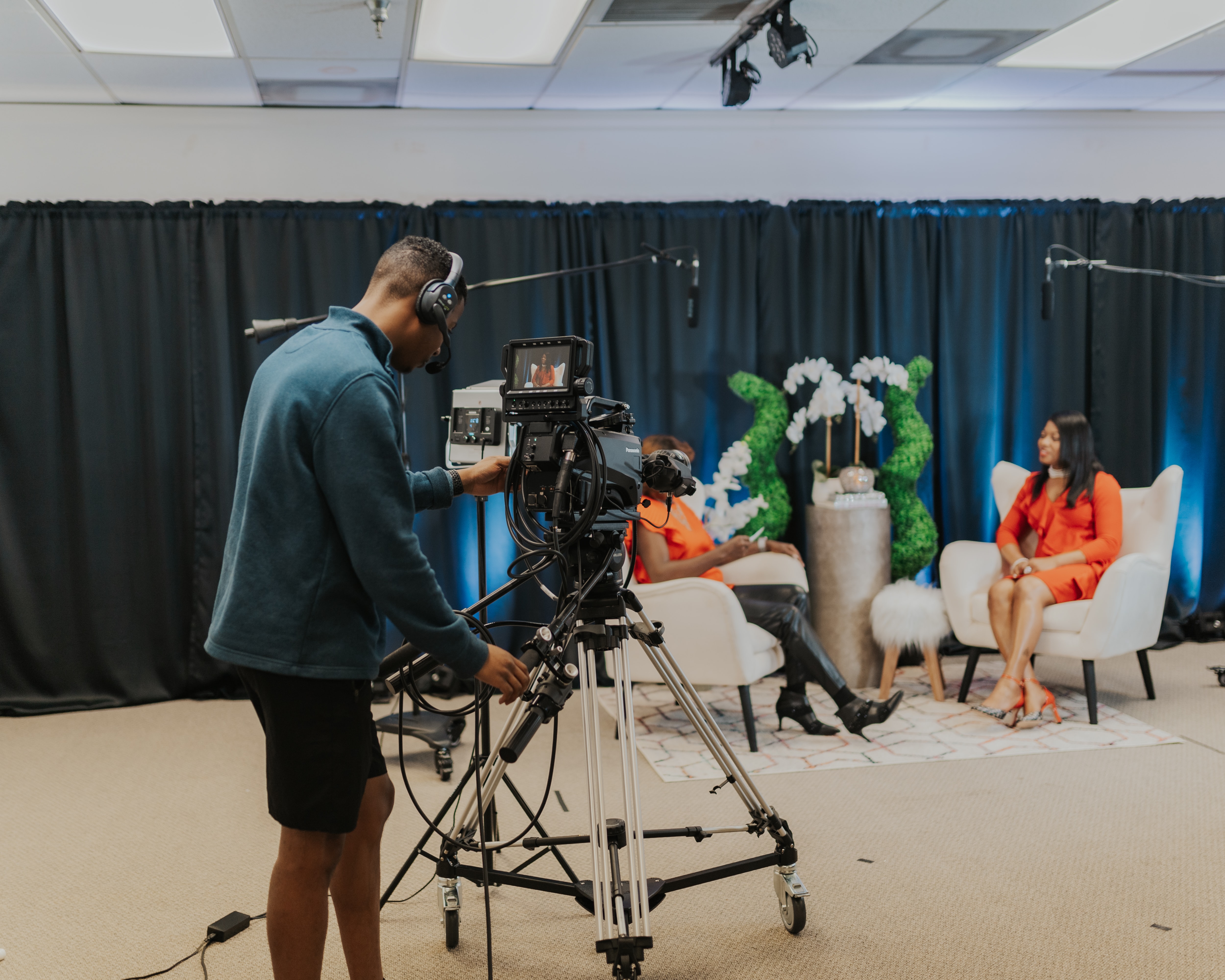In western markets, attempts to date have been slow coming, and those that have tried to open live commerce to the likes of the United States and the United Kingdom have regularly underwhelmed.
Well known to be forever looking beyond advertising revenues, YouTube recently made an attempt to step into the live commerce scene. With the live shopping event branded “From YouTube to You,” the video platform brought together some of its most well-known influencers, including MrBeast, Simply Nailogical, and Larray, in the hopes that droves of their combined 126 million-subscriber following would partake.
The live videos that integrated shopping features spanned tech, fitness, fashion, and beauty products, and were very QVC, but with some added character from the staged showing hosted by these influencers. A discount-delivering butler of sorts would drop in from time to time, and influencers performed tutorials to showcase how buyers should use the products.
While YouTube didn’t release anything by way of sales figures or announcements of the series’ success, it’s clear that they’re part of a growing contingent of platforms seeking to make live commerce work in the west. Any business that sells products could leverage the tech, but many will be wondering if a collaboration with the still-new sector of influencers is key or even necessary. It seems to be the approach of many, but it may not be the only way to find success in live commerce.
Influencers seen as the path to live streaming success
Being the largest eCommerce site in the market, you could have assumed that Amazon would seek to break live commerce as a priority. In 2019, it quietly launched Amazon Live, which Tech Crunch covered at the time. As part of recent investment in the platform, they hosted at least four events to attempt to attract influencers to Amazon Live, including a trip to a Mexican beach resort. It’s clear that the colossal company sees its way to the minds of customers is via influencers right now.
However, this has been the approach naturally taken by social media platforms, and in the past, Amazon’s leaning on influencers has seemingly backfired. In the running to its much-maligned $1 billion series The Rings of Power, the company posted a “Superfans” video where influencers were told to discuss the series and add their thoughts on what they’d seen from a clip before it released.
The video was hidden on YouTube, and the selected influencers didn’t create content for the series while it was running. As AmicaDigital details, this is one of the many potential pitfalls of turning to influencers. Most of those deemed to be influencers rise to prominence by making content for areas that they’re passionate about and connecting to like-minded people. So, if they don’t really feel passionate about the product that you want them to promote, and if they don’t make high-quality content or use the products beyond, it reflects poorly on the brand.
The professional touch could be the way
Influencers aren’t the only way, though. What people want from a live experience online is the chance to connect to knowledgeable people at their convenience. This is what has helped non-shopping live platforms thrive. You can see at Betway, live casino games are increasingly becoming more common. In these products, a real game hosted in a studio is streamed to users and can be played in real-time. What makes it stand out is the presence of the professional croupier. They know exactly what to do in the game and how to answer questions.
Professionals and experts can give your business the edge, allowing the live stream to thrive and deliver the best experience to users without entrusting influencers. Sure, influencers may be able to bring some eyes to the stream, but a professional or true expert in the field is far more valuable. You could see Kimmiebbags as an example of this, who Business Insider covered in-depth. Kimberly Balance, who studied fashion at college, worked on her Shopify store, tested the waters in TikTok live shopping, and has since boomed to $2.1 million before the end of 2022.
This stance of connecting online shoppers to professionals and experts rather than paid influencers certainly has logical sense. Similarly to increasing your recruiting visibility beyond LinkedIn by bringing in guest bloggers and video content, bringing in professional hosts and product experts to sell on live streams could work well. In the current state of play, it would set your business or brand above the perceivably cheap act of paying off YouTube content creators, showing that it’s a truly top-tier event worth engaging in.
There isn’t any doubt that TikTok and its live videos are a big digital marketing trend, or that major companies should attempt to leverage large online followings, but something isn’t connecting in western markets yet. Not everyone who shops online follows the biggest names on YouTube, Twitch, or Instagram for product insight, or even at all.
Presenting a professional live stream and promoting it well to existing customers and followers could be the way through. Load it with potential pop-up discounts and power it with experts answering questions and giving demonstrations, and the live stream will offer the very best of what live commerce can be.






